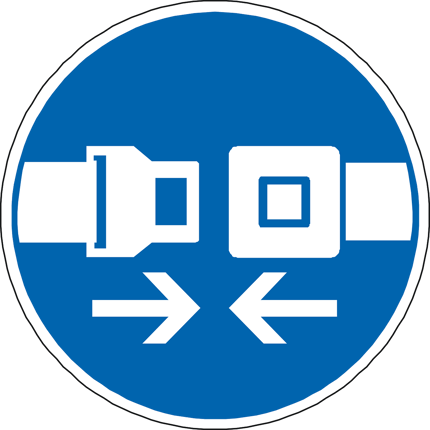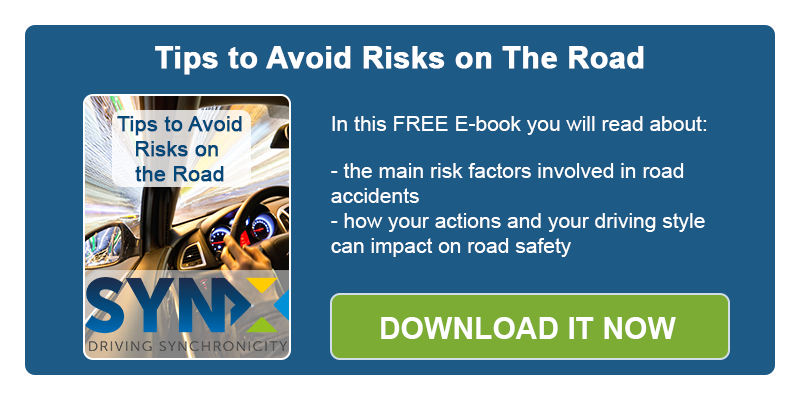Wearing
seat belts for all vehicles has been compulsory in the EU Since 2006, but, somehow, the focus on this particular type of safety device is waning as more attention has been paid to other
behaviours that affect road and
fleet safety, such as
distracted driving and the
misuse of devices such as tablets and mobile phones behind the wheel.
There are also a lot of misconceptions regarding the use of seat belts, especially among professional drivers, who view seat belts as uncomfortable, or as something that hampers free movements, or not entirely necessary because “good drivers won’t need it”.
This attitude has to be avoided at all costs and drivers have to be sensitized to the importance of seat belts. Of course, seat belt use is not promoted on the suspicion that there are in fact no “good drivers”, but because vehicle occupants might be involved in a crash caused by other drivers, bad weather, mechanical failure, or tire blowout. Wearing a safety belt prevents injuries and fatalities, reduces the chances of ejection, and helps protect your head and spinal cord from impact damage.
Seat belts are in fact the easiest and cheapest way to avoid injury in a crash. They do not require any special technology and are fitted in all vehicles. Just like the rest of the equipment of your fleet vehicles, they have to be maintained and you have to be sure they are fit for purpose and are worn properly by drivers. Effectiveness and comfort might decrease if seat belts are not worn correctly and you will have to make sure there are no worn or broken components that are either in need of repair or replacing.
You can raise awareness on the use of seat belts through a specific training program that emphasises the importance of this device and offers tips for recognising any problem in the equipment; but rule number one is always to ensure that it is worn.
Wearing a safety belt is the simplest and most effective way to stay safe. According to the Road Safety Authority (RSA) of Ireland, 1 in 5 of driver or passenger fatalities in 2013 happened to those not wearing a seatbelt at the time of the collision. When safety belts are not used, the potential for crash-related injuries and death increases dramatically. Airbags are not a substitute for seat belts— always wear a seatbelt even if your vehicle is equipped with airbags.




